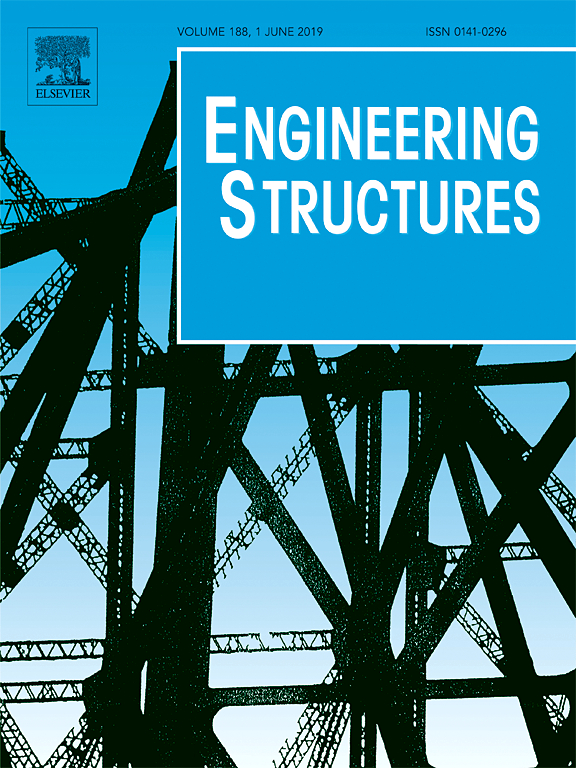Impact of Corrosion on Risk Assessment of Shear-Critical and Short Lap-Spliced Bridges

Zhang, Y., DesRoches, R., and Tien, I., “Impact of Corrosion on Risk Assessment of Shear-Critical and Short Lap-Spliced Bridges,” Engineering Structures, Vol. 189, pp. 260-271, June 2019
Abstract — Increasing corrosion in aging reinforced concrete structures is increasing their vulnerability to failures. This is particularly true for bridges with low-ductility columns, including shear-critical columns and columns with short lap splices. This paper presents a methodology to assess the impact of corrosion on performance of these structures. The combined analytical and numerical modeling of shear-critical and lap-spliced columns is detailed, and outcomes are verified with previous experimental test data. Corrosion effects are accounted for through reduction of longitudinal and transverse reinforcement and bond deterioration between the steel and concrete through corrosion-induced cracking. The impact of corrosion on risk is assessed through conducting fragility analyses. Results quantify the increase in failure probabilities of these structures, measured by increasing probabilities of exceeding defined damage states, with increasing levels of corrosion. Corrosion is found to have a larger impact on increasing probabilities of exceeding more severe damage states. Twenty percent mass loss of reinforcement increases the probability of exceeding the complete damage state by up to 49% and 34% for a shear-critical and lap-spliced column, respectively. The effect is more pronounced at intermediate loading intensities, where there is uncertainty about the performance of the structure. Comparing between failure modes, bridges with columns of short lap splice are more vulnerable to collapse under the same degree of corrosion compared with shear-critical columns.
Leave a Reply